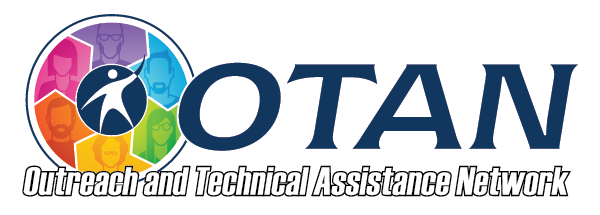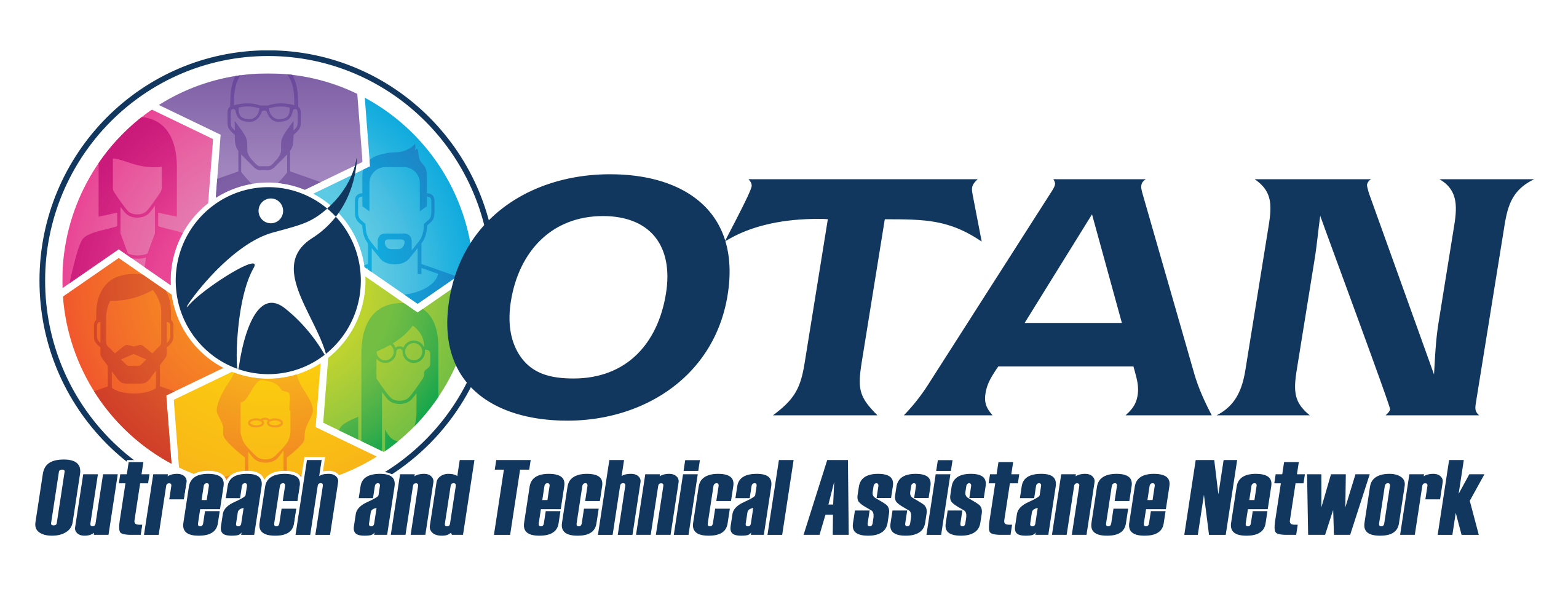Search
Padlet AI: Two Truths, One Lie for Student Introductions and Community Building
Details
Activity Description
Preparation
- Check the website to ensure it is not blocked at your site.
- Read through the lesson plan.
- Print and make copies of any handouts.
- Create the Padlet wall and post your own sentences (two truths, one lie). See the How To section for set up and sharing.
How-To
- Create an account at Padlet.
- On the dashboard, select "+Make" at the top.
- On the left navigation panel, select "AI Recipes."
- Select "Two Truths and a Lie." If you don't see that option, select "view all" and do a search.
- On the right panel, instructions will take you through the steps of customizing your wall. Select "Done" to remove that panel.
- To post to the polling wall, first share the URL or QR code with students (go to the arrow icon in the right panel when logged in and have the wall open to see sharing options. Make sure that the visitor options are set on "writer" from the drop-down arrow.
- Students can select the plus "+" at the bottom right or double-click or double-tap on the wall to post their sentences.
- They type their names in the "What's your name?" box.
- Then select "Poll" under that.
- In the "Ask a question" box, they can type in: "Which one is a lie?"
- In the the "Choice" fields, they type in their three (or four) sentences - two truths and one lie - in random order.
- Select "Publish."
- To vote on classmates' polls/sentences, select the circle / sentence that they believe to be untrue.
- To view all votes, select "show results" under each student's posting after voting has concluded.
Teacher Tips
Padlet works on any devices - computers, cell phones, tablets. All this is required of students is internet access. They do not need to create an account or log in.
Many students may be unfamiliar with this ice-breaker and tend to be too obvious in their "lie." Be sure to demonstrate with your own introduction and explain well with other examples.
Also, note that will a free Padlet account, users get three walls. You can always archive, delete, or recycle walls.
More Ways
Padlet AI has numerous "AI Recipes." Some that may be of interest to ESL teachers for student activities are the following:
- 3-2-1 Summary
- AI Art Studio
- About Us
- Biography
- Brainstorming Board
- Collaborative Storytelling
- Compare/Contrast
- Exit Ticket
- Fact/Opinion
- 5 Ws
- Four Corners
- KWL chart
- Pros/Cons List
- See, Think, Wonder
- Survey
- Timeline
- Video Discussion Board
- Where I'm From
There are are many more options, and if you don't see the type of activity you need, you can suggest one to Padlet.
See the Padlet Help Page for more information.
Padlet TA also has AI and other tools for teachers, including URL shorteners, grouping and QR code generators; worksheet, lesson plan, presentation, image, quiz, rubric, and reading passage generators.
Program Areas
- ESL: English as a Second Language
Levels
- Beginning High
- Intermediate Low
- Intermediate High
- Advanced
Lesson Plan
Display an image of a person introducing themselves or people meeting (e.g., waving, saying hello, shaking hands).
Ask students: “What do you say when you meet someone new? What information do you share?”
Have students brainstorm answers (e.g., name, where you're from, job, hobbies).
Tell students that they will practice introducing themselves to get acquainted by playing a fun game called "Two Truths and a Lie" and by sharing some information about themselves. Explain that it is not appropriate to tell lies to others when introducing yourself but that this is a game to practice and get to know each other.
Model some sentences with frames such as the following, giving information about yourself:
My name is ___.
I am from ___.
I work as a ___.
I like ___. / I don’t like ___.
I have ___.
I can ___.
Then ask for volunteers to elicit possible sentence completions for the frames, writing responses and providing some corrections on vocabulary and grammar, as needed.
Next model the game and show the Padlet wall with your sentences. Read your sentences and ask students which one they think is a lie. Share the URL or QR code for the Padlet wall for students to vote on the poll. Once everyone has voted, show the results and reveal which one is a lie with an explanation.
Students write three sentences about themselves (two truths, one lie). Provide the frames and topics once again:
My name is ___.
I am from ___.
I live in ___.
I like / don’t like ___.
I have ___.
I can ___.
Topics: Countries, jobs, hobbies, family members, pets, favorite foods, and activities
Give feedback on mechanics (spelling, grammar, punctuation).
Share the URL for the Padlet wall once again. Demonstrate how to post (see the "How to" section of this lesson plan for the steps).
Once everyone has posted, select the right arrow on the left panel of the Padlet wall to go to presentation view. Have each student read the sentences they posted.
Model and encourage follow-up questions such as: Really? Why? Where? How often? Do you still ___?
Then allow students to vote on their classmates "lies."
After everyone has voted on their classmates posts on the Padlet wall, show the results and ask each student to reveal what their untrue sentence was. Allow time for additional follow-up questions.
Use this activity as a diagnostic on students' needs for future lessons, noting grammar and pronunciation errors to follow up on.
Students will be able to introduce themselves using correct grammar structures and culturally-appropriate topics. Use the information provided by students to relate lessons and materials to their lives, making instruction relevant and engaging. Remind students to use each other's names in class when working together.
Standards
- Reading Foundational Skills
- RF.2 - Demonstrate understanding of spoken words, syllables, and sounds (phonemes). (Phonological Awareness)
- RF.3 - Know and apply grade-level phonics and word analysis skills in decoding words. (Phonics and Word Recognition)
- RF.4 - Read with sufficient accuracy and fluency to support comprehension. (Fluency)
- Writing
- CCR Anchor 4 - Produce clear and coherent writing in which the development, organization, and style are appropriate to task, purpose, and audience.
- CCR Anchor 5 - Develop and strengthen writing as needed by planning, revising, editing, rewriting, or trying a new approach.
- CCR Anchor 6 - Use technology, including the Internet, to produce and publish writing and to interact and collaborate with others.
- Speaking and Listening
- CCR Anchor 1 - Prepare for and participate effectively in a range of conversations and collaborations with diverse partners, building on others’ ideas and expressing their own clearly and persuasively.
- CCR Anchor 5 - Make strategic use of digital media and visual displays of data to express information and enhance understanding of presentations.
- Language
- CCR Anchor 1 - Demonstrate command of the conventions of English grammar and usage when writing or speaking.
- CCR Anchor 2 - Demonstrate command of the conventions of English capitalization, punctuation, and spelling when writing.

